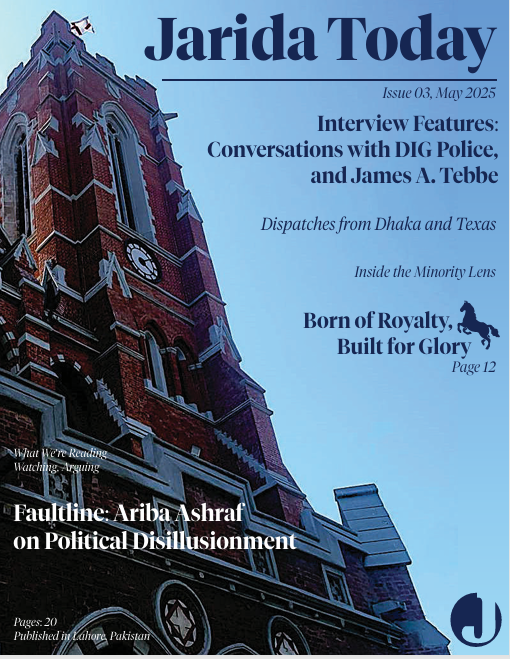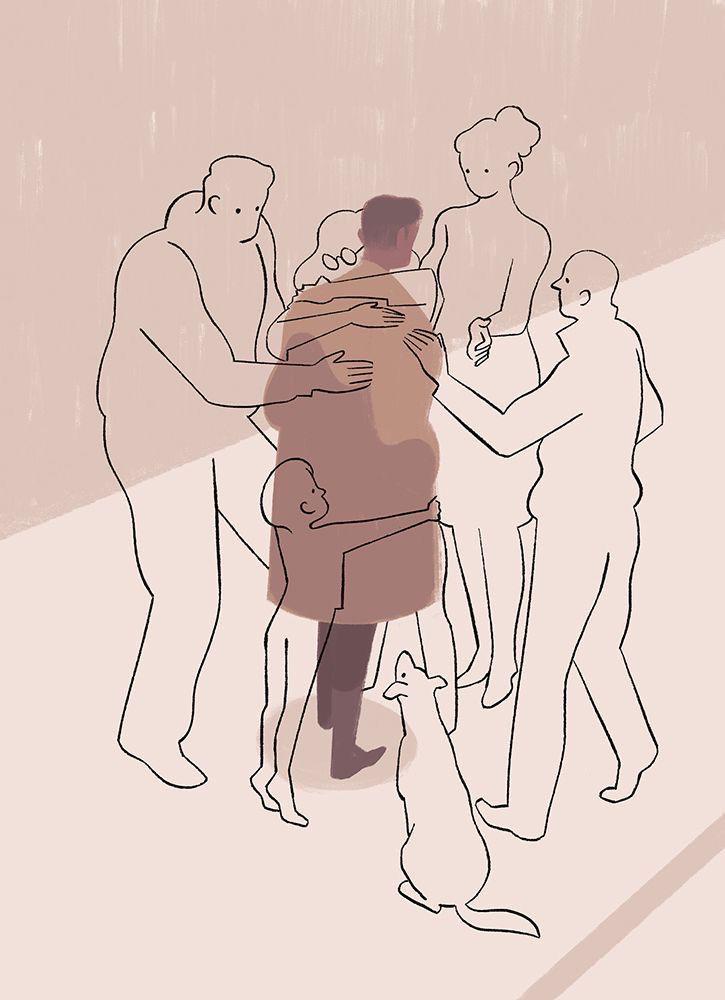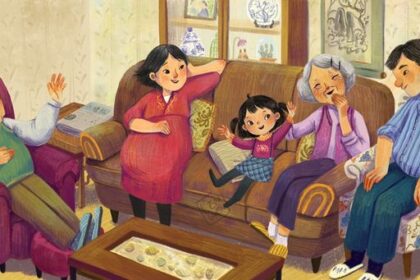Have you ever found yourself endlessly scrolling through social media and suddenly, something catches your attention? That is exactly what happened to me the other day. I was aimlessly watching reels on attachment styles, completely fascinated by how our relationships shape us.
The next day, out of nowhere, my colleague started talking about attachment styles and said,
“I am an emotionally avoidant person, but sometimes I am anxiously attached too.”
Her words took me on a research journey to find out what attachment styles are and how they impact us.
As a psychology student, I had heard of attachment styles a million times, but this time, I wanted to dig deeper. What was going on inside my brain that drew me to certain people and made me want to distance myself from others? What does biology have to do with all of this?
We have all heard the stereotypes: men tend to be avoidant, and women are generally anxious in relationships. But attachment is not about gender—it is about the science of how we connect. It is the reason why we seek certain people, why we form long-term relationships with some and short-term connections with others, and explains how our bonds are shaped. So, what is happening in our brains behind the scenes?
The Groundbreaking Work of Bowlby: What Attachment Means
Attachment theory, pioneered by John Bowlby, describes the instinctual drive to form bonds with others. Bowlby defined attachment as the “lasting psychological connectedness between individuals,” a biological need driven by survival and emotional well-being. This concept, which goes beyond just love or romantic attraction, highlights how crucial these bonds are to our safety and security.
Mary Ainsworth, building on Bowlby’s work, made significant contributions by identifying distinct attachment styles through her “Strange Situation” experiment. These styles are like emotional fingerprints, shaping how we experience closeness, conflict, and intimacy. According to Ainsworth, these are the primary attachment styles:
- Secure Attachment:
Individuals with this style trust easily, value both emotional intimacy and personal space, and form healthy, lasting relationships. They balance independence with connection.
- Anxious-Avoidant Attachment:
These individuals tend to pull back from intimacy, preferring emotional distance even if they secretly crave connection. They are often seen as emotionally distant, masking their deeper needs.
- Anxious-Ambivalent (Insecure) Attachment:
Those with this attachment style struggle with constant emotional turmoil, often seeking reassurance and fearing abandonment.They may appear clingy or overly dependent, and their relationships can be intense and exhausting.
- Disorganised Attachment:
This style is often rooted in trauma or chaotic caregiving. It creates confusion in relationships, as individuals experience a mix of wanting intimacy and fearing it at the same time. These relationships can be erratic and hard to navigate. This attachment style is basically the hallmark of developmental psychology. Neuroscience research shows that attachment-related experiences trigger specific neural circuits. When we bond emotionally—whether through physical touch, eye contact, or supportive conversations—neurotransmitters like oxytocin and serotonin are released. These chemicals play a pivotal role in creating feelings of warmth, trust, and emotional regulation.

Childhood’s Impact on Adult Relationships
Our earliest relationships, particularly with primary caregivers, have a profound influence on how we connect with others as adults. Research consistently shows that responsive caregiving in infancy—such as comforting a baby when distressed—promotes the development of secure attachment. This secure bond fosters trust and emotional regulation, which translates into healthier, balanced relationships later in life.
For instance, a mother who consistently responds to her baby’s needs helps the child develop trust and the ability to self-regulate emotions, making it easier for the child to form secure attachments with others as they grow.
However, if a caregiver is emotionally unavailable, neglectful, or inconsistent, the child may develop an insecure attachment style. Consider a mother who often ignores her baby’s cries. The child might grow up fearing abandonment or feeling distant in relationships. These early attachment patterns, formed during critical developmental stages, continue to influence adult behaviours, such as anxiety in relationships or difficulties with intimacy.
Can Attachment Styles Change?
Research shows that attachment styles are plastic—they can evolve throughout life based on new experiences and efforts to change. If you have ever felt stuck in a pattern of anxiety or avoidance in relationships, it is important to know that change is possible.

Dr. Derrig, a well-respected psychologist, suggests a helpful strategy for individuals with anxious attachment:
“Create rituals of separation.”
Simple actions like a goodbye kiss, a thoughtful text, or a reassuring “see you later” can help alleviate anxiety and reinforce the belief that partners will return. This small but powerful gesture can help build more secure emotional patterns over time.
Attachment is not confined to romantic relationships—it is a fundamental force in all human connections. We bond with family members, friends, pets, and even objects. I realised that I have attachments to sentimental items, like the shawl my grandmother gave me. It is no different than how we form connections with the people in our lives.
So, where does that leave us? Attachment is a lifelong journey, something that shapes us from childhood and evolves. It is not just a psychological theory; rather, it is a biological reality that influences everything we do. But here’s the best part: no matter where you start, attachment is not fixed. You have the power to reshape your attachment style, create more secure, trusting relationships, and build deeper connections with the people you care about.

















Lovely piece of writing. Enlightening ❤️